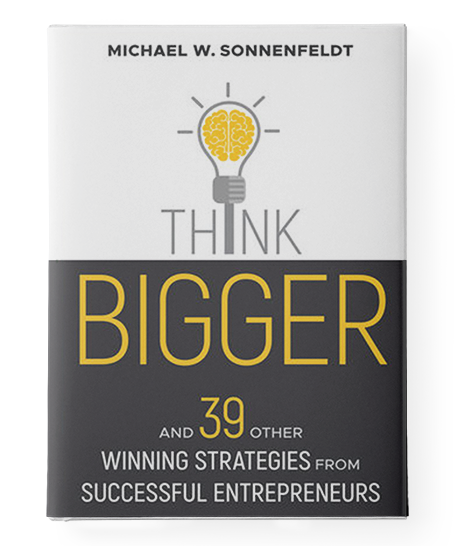“The wisdom of crowds” is now an approach many people follow. The problem is the crowd is often wrong.
Let me give you three maxims—the cynical will call them clichés—that I think it is worth not only pondering but embracing.
- “Always look for ways to turn risk to your advantage.” For example, buy straw hats in the winter is good advice when it comes to clothing, or any other out-of-favor asset.
- “Be fearful when others are greedy and greedy when others are fearful,” is how Warren Buffett sums up his investment philosophy. This is a variation on the first point that underscores that it often makes sense to bet against conventional wisdom.
- “No risk. No reward.”
On the surface, each of those three things would seem to be wrong. We are taught that not only are markets efficient—i.e. that all the information about a stock or bond is known to everyone—but that people always act in their best economic interests. So, to take Buffett’s quote, if they are fearful, then they must have a good reason to be—and you should be, too.
But, of course, people are NOT always rational. When things are going well, many believe that will be the case forever. This is how market bubbles form, periods when things are priced well beyond what they should.
When I say that, you probably instantly recall the dot-com bubble of the late 1990s where there was—to be kind—what Internet usage would mean for companies worldwide. But market bubbles are nothing new. It has been this way since at least the late 1500s and the manic tulip market. Optimism can easily lead to irrational exuberance.
And conversely, when things are bad people often expect them to remain that way, and we simply know that is not the case. Following the market meltdown in 2008, the Dow Jones Industrial average fell to a low of 6,547 on March 9, 2009. As I write this less than nine years later the Dow is hovering around 22,000.
The fact of the matter is “risk free” simply doesn’t exist no matter what marketers or anyone else tells you. Let’s stick with our financial example. If you hide your money under a mattress, you think you are avoiding investment risk. But, you could be robbed; the house could burn down—with your money literally going up in some—and your cash will be definitely worth less over time due to inflation.
What cost you $100 in 2006, would have cost you $122 at the end of 2016. And projecting forward what you could buy with $100 today will cost $128 10 years from now, assuming an inflation rate of 2.5%.
You can’t avoid risk. The question is how you deal with it. What I have found is the most successful people embrace it and search for the opportunity within it.

A NEW RESOURCE FOR ENTREPRENEURS
Discover Think BIGGER—a new book by Wiley and part of the Bloomberg series. This book is a must-have for any entrepreneur. Think BIGGER will show you the skills to grow wealth that can be applied to making the world a better place.